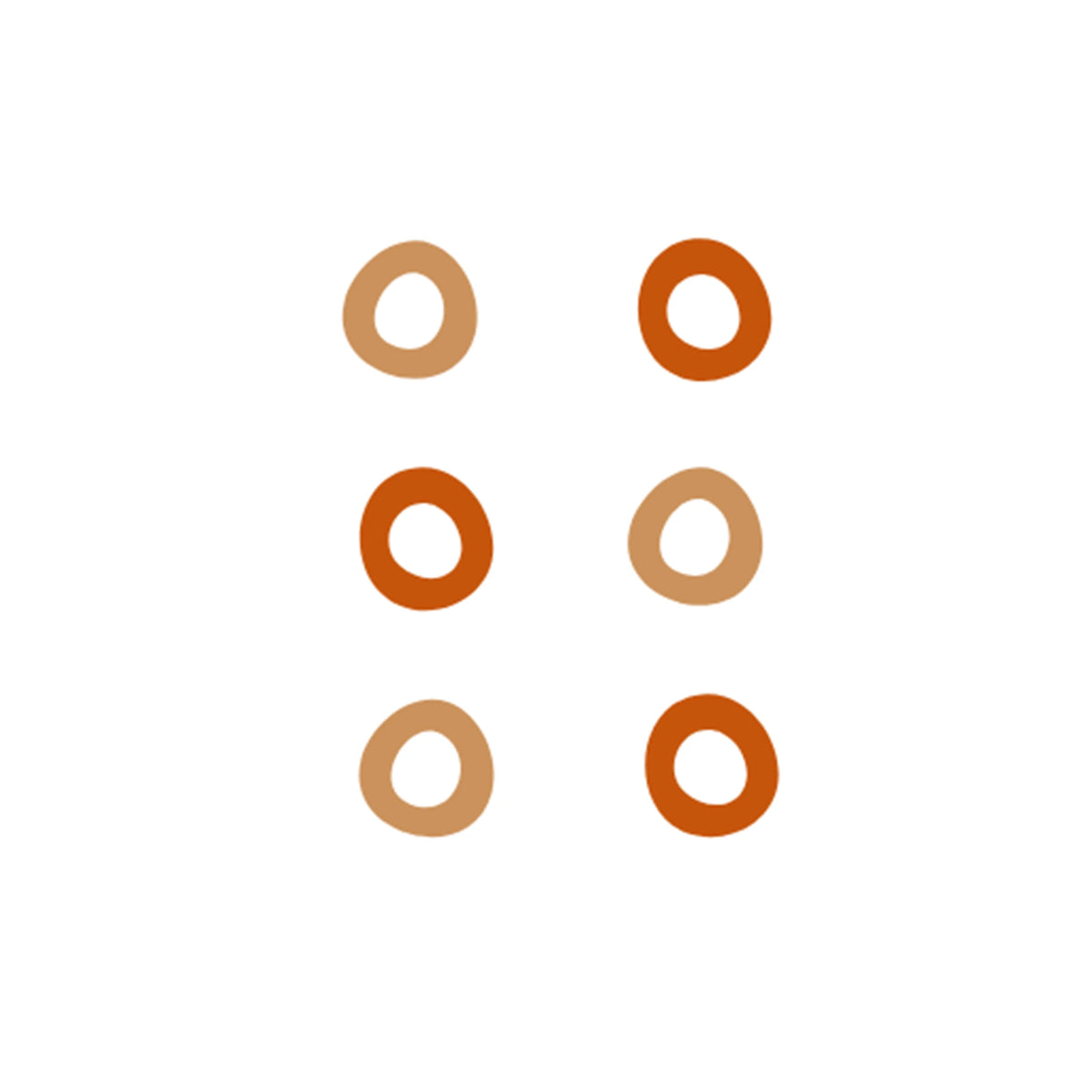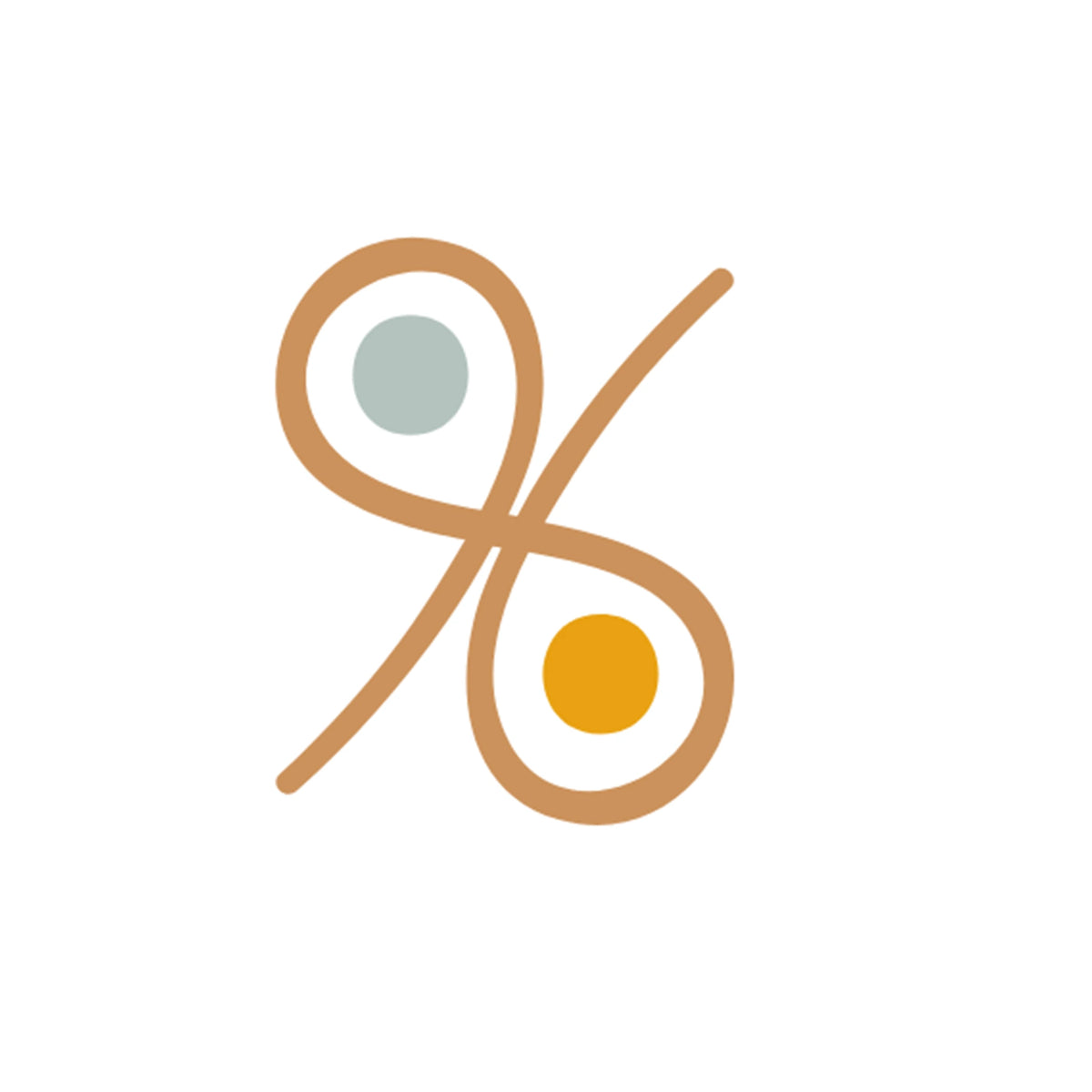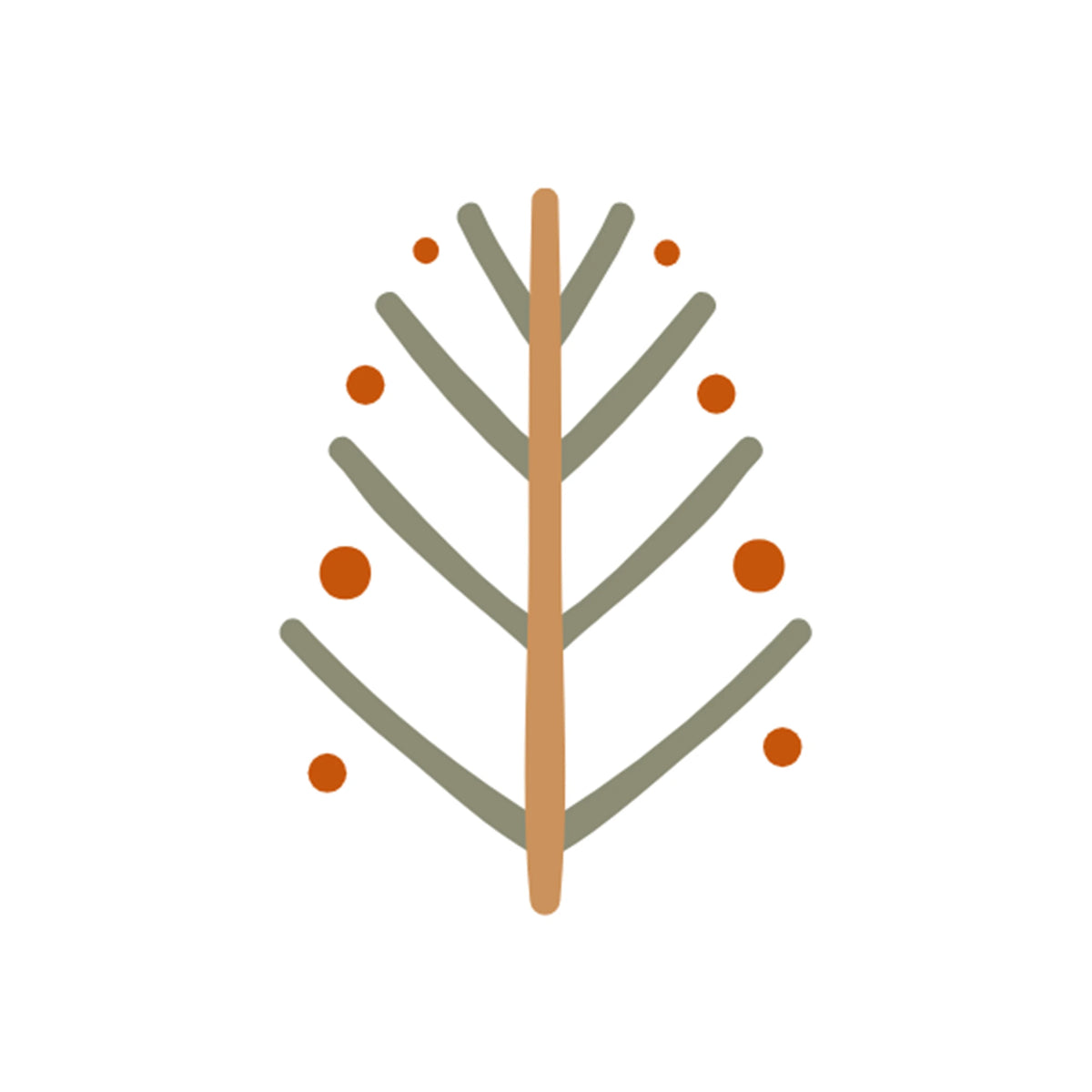Meet the symbols of the Trypillian civilization
Our mission is not only to integrate unique Trypillian symbols into modern fashion and culture, but also to spread knowledge about this ancient civilization. We strive to help you discover the profound meanings of these symbols, which for millennia have reflected the power of nature, the cycles of life, and the spiritual values of our ancestors. On this page, you will find detailed descriptions of each symbol we use in our products. Each of them carries its own history, its own cultural code, and is the key to understanding the heritage of Trypillia. Explore these symbols and learn how they can become part of your modern style while maintaining a connection with centuries-old history and spiritual traditions.

Trypillian Symbol “Grain”
The Trypillian symbol “Grain” is a significant element of the Trypillian culture, representing fertility, renewal, and the infinity of life.
This symbol carries deep meaning and was used to emphasize the importance of agriculture, the cycle of life, and the connection to nature in Trypillian society.
Just as a seed gives rise to a new plant, the grain symbol reflects rebirth and new beginnings. It embodies the cyclical nature of life and natural processes.
Today, the “Grain” symbol remains an important part of Ukrainian culture, reminding us of the richness and depth of our heritage.
It is often found in contemporary art, design, and ceremonial practices as a representation of regeneration and life’s continuity.

Trypillian Symbol “Grains”
The Trypillian symbol “Grain” embodies abundance, harvest wealth, and prosperity.
As a fundamental food source, grain represents life and well-being.
A cluster of grains symbolizes the community and collective strength. Each grain may seem small on its own, but together they form a powerful force capable of ensuring survival and flourishing.
In Trypillian culture, the Grain symbol was a vital part of rituals, art, and daily life.
Depictions of grain can be found on ceramics, embroidery, jewelry, and other artifacts—highlighting the central role of agriculture in the life of the community.

Trypillian Symbol “Trees Uprooted by Wind”
The Trypillian symbol “Trees Uprooted by Wind” emphasizes the power of natural forces, especially the wind, which brings change and transformation. This image serves as a metaphor for life’s upheavals and the resilience required to withstand them.
Just as the wind can fell trees and clear space for new growth, the symbol reflects the idea that the end of one phase can make way for new beginnings.
In Trypillian culture, the “Uprooted Trees” symbol was likely used in various art forms and ornamental designs, serving as a means of expressing beliefs, values, and observations about the forces of nature.
Today, this symbol continues to inspire, reminding us of the deep connection between humans and the natural world, and the transformative power of life’s challenges.

Trypillian Symbol “Victory”
In ancient times, when the Trypillian civilization flourished along the banks of the Dnipro River, there stood a great settlement. Its people were artisans, deeply attuned to the rhythms of nature. They believed that every symbol carved into their clay vessels carried sacred power, capable of shaping a person’s destiny.
Among all the symbols, the most powerful was the Symbol of Victory. It was depicted as an elegant interweaving of lines, forming a harmonious and balanced pattern.
According to legend, this symbol brought success in battle, strengthened the spirit, and embodied confidence, power, and triumph.

Trypillian Symbol “Tree of Life”
The “Tree of Life” was a widespread and meaningful symbol in Trypillian culture, appearing on various artifacts — clay vessels, ornaments, and textiles. More than just a decorative motif, it represented a deep spiritual and cultural connection to nature and to ancestors.
Preserved through the centuries, the Trypillian “Tree of Life” has become a powerful protective symbol for Ukraine. Our great-grandmothers embroidered it on traditional rushnyky (ritual cloths) and vyshyvanky (folk shirts), passing it from generation to generation as a sign of eternal life, spiritual strength, and family memory.
The “Tree of Life” weaves together ancient history and the present, helping Ukrainians preserve their identity, resilience, and unity.

Trypillian Symbol “Unity”
The Trypillian symbol “Unity” is a profound and expressive emblem that embodies interconnection and harmony among all elements of life. It reflects the ancient Trypillians’ understanding of balance and integration within both nature and society.
This symbol emphasizes the idea that everything in the world is interconnected — each part is a vital element of a greater, more powerful whole. Its continuous forms and flowing patterns represent the cyclical nature of life and the constancy of existence. It serves as a reminder that life is an ongoing process, where every component holds meaning and plays a crucial role in the greater circle of being.
The Trypillian symbol “Unity” is a powerful representation of harmony, connection, and equilibrium. It conveys an ancient awareness of the importance of unity — both in the natural world and within human relationships.

Trypillian Symbol “Sown Field”
The Trypillian symbol “Sown Field” is a profound and evocative image that symbolizes fertility, growth, and the agricultural foundation of Trypillian culture. This symbol reflects the deep connection the Trypillians had with the land and their reliance on farming as a source of life and prosperity.
In Trypillian society, agriculture was a fundamental part of daily life. Symbols like the “Sown Field” were not merely decorative elements — they held deep meaning, expressing the beliefs, values, and worldview of the Trypillians regarding the land and its fertility.
This symbol illustrates respect for nature, an understanding of its cycles, and the importance of harmony between humans and the earth. It emphasizes that from love and reverence for the soil come life, development, and the continuity of generations.